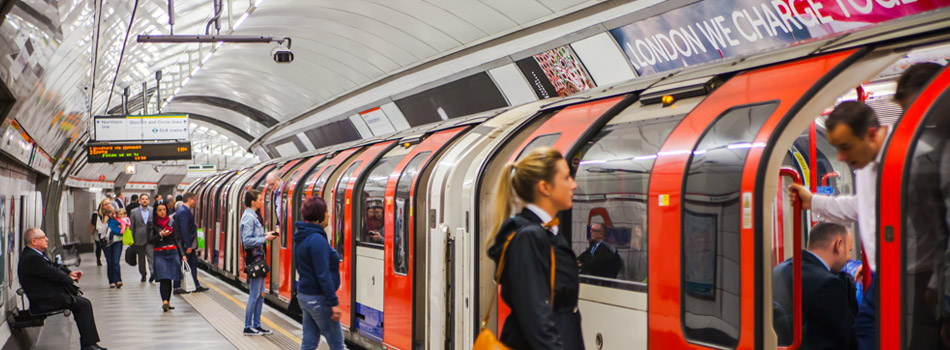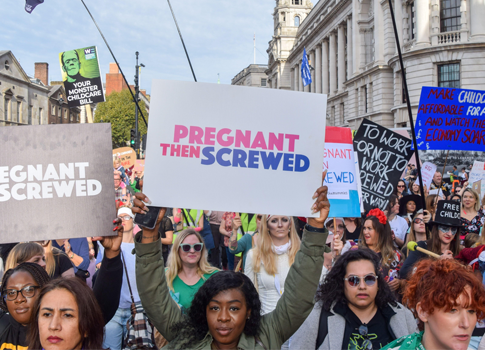For many of us at the Total Media London office, our lives are looking more than ever like they did pre-Covid: we’re working from the office multiple times a week; we’re back to using (and complaining about!) the tube; and city centre venues frequently feature in our discussions of after-work and weekend plans. But how true is this for the rest of London, or the rest of the country? We’re not ones to rely on anecdotal evidence alone, so we were excited to catch up with Posterscope and hear all about their research into work, shopping, and play in 2022.
Consumers are heading back to the big cities
Heightened restrictions and a general reluctance to travel far from home, throughout 2020 and 2021, resulted in a so-called “Donut Effect”: businesses in city centres suffered, as footfall dropped, whilst suburbs and local highstreets thrived in comparison. Just round the corner from our offices, on Oxford Street, we can see this evidenced by the closure of the iconic “Big Topshop”, and rumours of John Lewis converting floors of their flagship department store into office space. However, thanks to mobility data from the phone network Three, Posterscope have been able to prove that we are experiencing a significant return to city centres nationwide – both for work and for weekend leisure. London has seen a 29% increase in mobility since January 2021, within the borough of Westminster that number rises to a whopping 225%. Manchester shows a similar story: mobility has increased 30% city-wide since January 2021, and 158% within Zone 1.
The return of the commuter
Further research by Posterscope also reveals that our working patterns here at Total Media London are broadly similar to the rest of the nation. Although working from home is no doubt here to stay in some form, 64% of those surveyed in the OOH Commuter Survey (OCS) reported travelling to work three days a week or more, in comparison to 77% pre-Covid. Transport for London data shows that Underground stations are consistently busiest around 8.00 AM and 6.00 PM on weekdays – similar to pre-Covid and reflective of the standard 9.00–5.00 working day. Survey data has also found that Tuesday, Wednesday, and Thursday are the most popular days for commuting – a pattern that can definitely be seen in our offices!
Commuters have now also returned to the modes of transport they favoured pre-Covid. 59% of those surveyed reported travelling by car, in comparison to 55% pre-Covid; 9% now take an underground train, compared to 10% pre-Covid. In total, 35% take some form of public transport: overground train, bus, underground train, or tram. This is where Total Media diverges from the rest of the nation – in survey conducted for Earth Day 2022, back in April, our Green Team found that 75% of us commute by public transport. However, despite this, overall, our anecdotal evidence does appear to be true! People have returned to city centres for work and socialising, and those who travelled by public transport prior to the pandemic are back to doing so: after months of Zoom socialising and working from makeshift desks, we’re all finally out and about again.
What does this mean for advertisers?
These findings should restore confidence in OOH advertising – brands can find their target audience offline once again! With the return of the commute, OOH is going to become an increasingly important part of media plans if you want to reach your audience during the day, whether they travel by bus, train, or taxi. Similarly, with people retuning back to the cities for leisure activities you can reach a wider audience by adding billboards in shopping centres, or on the highstreet, back onto your media schedules.
For more information on how OOH can be a vital part of your media plan contact our Broadcast Team today.






